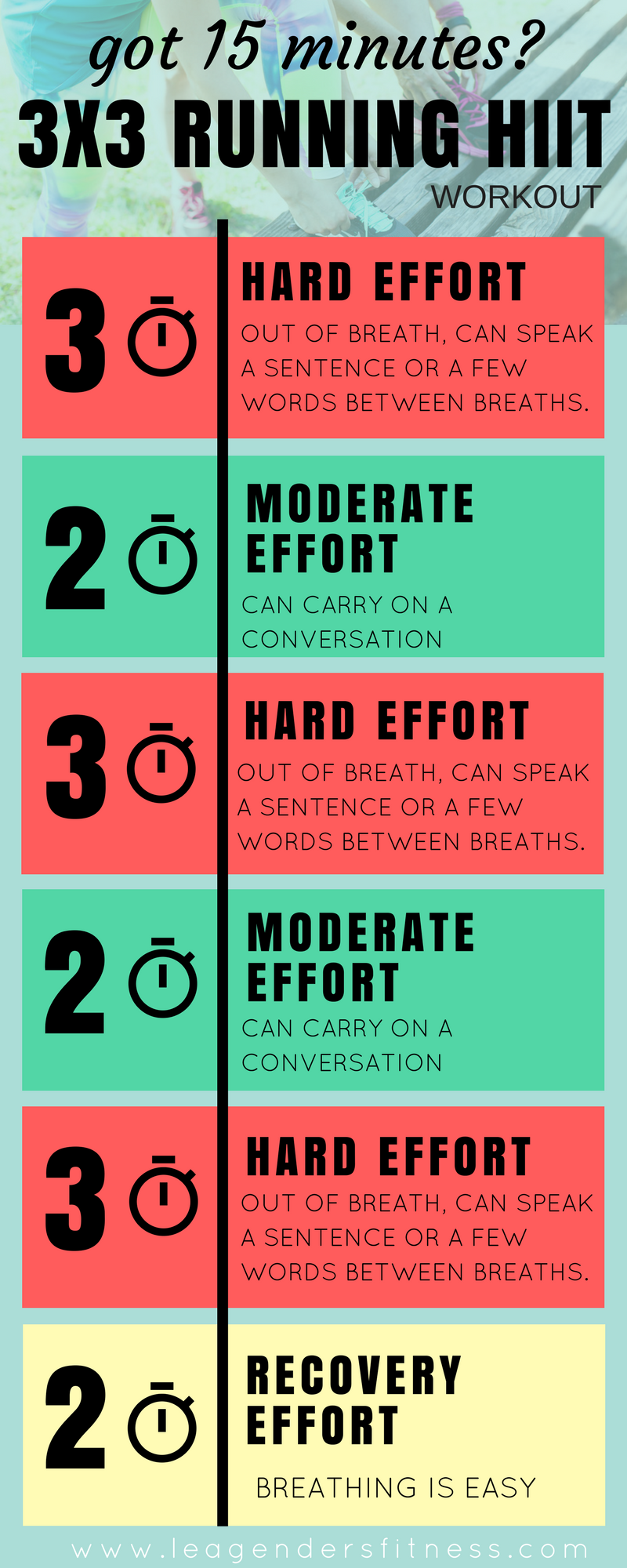Getting Rid Of Discomfort in Running: Strategies and Strategies That Work
Pain is an usual friend for lots of joggers, typically acting as a barrier to attaining their wanted goals. Nonetheless, with the best methods and methods, it is feasible to get rid of and also avoid the pain connected with running. By discovering various approaches such as comprehending the different kinds of running pain, enhancing shoes and kind, including cross-training and strength exercises, executing efficient healing approaches, and maintaining proper nutrition and hydration, runners can possibly reduce their pain and improve their overall running experience.
Understanding Different Types of Running Pain

Another kind of running pain is joint pain, which can show up as a sharp or achy pain in areas such as the knees, hips, or ankles (running strategy). Joint discomfort may be caused by variables like improper running type, overuse, or underlying problems like joint inflammation (have a look). It is necessary to set apart between muscle discomfort and joint pain, as the latter might call for medical attention to stop additional injury
Recognizing the various kinds of running discomfort is important for efficient monitoring and prevention strategies to guarantee a safe and delightful running experience.
Correct Footwear and Running Form
To maximize performance and minimize the risk of running-related injuries, choosing appropriate footwear and keeping correct running type are important parts for runners of all levels. It is suggested to choose running shoes that are especially developed for the person's foot kind, running stride, and the type of running activity they involve in.

Cross-Training and Strength Workouts
Taking part in cross-training and incorporating strength workouts into a running regimen can dramatically improve overall performance and reduce the chance of injuries. Cross-training, such as biking or swimming, helps boost cardiovascular health and fitness while providing running Get the facts muscles a break from recurring effect. It additionally helps reinforce different muscle groups, leading to much better overall body conditioning. Stamina workouts, like squats, lunges, and core workouts, play a critical function in supporting muscles and enhancing running efficiency. They can remedy muscle imbalances, boost agility, and improve power output, all of which are necessary for running efficiency.
Incorporating cross-training and strength exercises right into a running routine should be done purposefully. It is essential to enable ample rest between running sessions and cross-training activities to stop overuse injuries. Furthermore, focusing on appropriate type and method throughout stamina workouts is crucial to optimizing their advantages and lowering the risk of injury. By integrating these components right into a running regimen, runners can develop a stronger foundation, improve efficiency, and enjoy a more sustainable running experience.
Healing and Rest Techniques
Having actually developed the significance of cross-training and stamina exercises in a comprehensive running regimen, interest can currently be routed towards Recovery and Relax Methods as essential elements for enhancing performance and lowering the danger of injuries. (running workout)
Recovery after running is critical for muscle fixing and development. Methods such as foam rolling, extending, and massage therapy assistance in reducing muscle pain and boosting flexibility. Sufficient remainder in between runs permits the body to recover and adapt to the physical stress and anxiety, protecting against overuse injuries.
Incorporating energetic recovery days right into a training timetable, where low-intensity tasks like strolling or biking are carried out, can boost blood circulation and promote healing without putting excess pressure on the muscle mass. Additionally, proper hydration and nutrition play a crucial role in the recuperation process by restoring lost liquids and nutrients.
Quality rest is one more vital aspect of recuperation that must not be neglected. Throughout sleep, the body undergoes repair service and regrowth procedures, adding to total physical and psychological wellness. By prioritizing recuperation and remainder strategies, joggers can keep optimum efficiency degrees and minimize the possibility of experiencing discomfort or injuries.
Nourishment and Hydration for Runners
Carbs offer energy for running, while proteins aid in muscle mass repair and recuperation. Appropriate hydration is also crucial to maintain optimum efficiency, as also mild dehydration can negatively affect running efficiency. Furthermore, timing dishes and treats appropriately before runs can assist stop stomach pain and offer the necessary power for peak performance.
Final Thought
To conclude, by recognizing the different kinds of running discomfort, using appropriate footwear, keeping proper running type, integrating cross-training and stamina workouts, prioritizing recovery and rest, and concentrating on nourishment and hydration, runners can successfully get over pain and boost their performance. Executing these approaches and strategies can assist joggers prevent injuries, boost their endurance, and eventually delight in an extra meeting running experience.